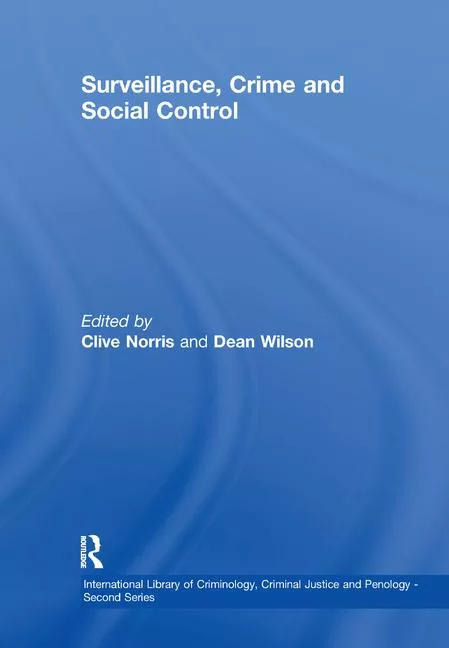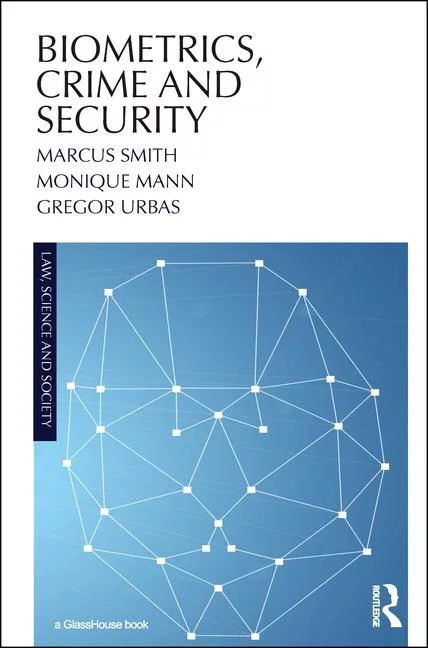Majority of Hate Crime Victimizations Go Unreported
U.S. residents experienced an average of 250,000 hate crime victimizations each year from 2004 to 2015 and the majority of these were not reported to police, the Bureau of Justice Statistics (BJS) announced. There was no statistically significant change in the rate of violent hate crime victimization (about 0.7 per 1,000 persons age 12 or older) during the 12-year period.
Findings are from BJS's National Crime Victimization Survey (NCVS), which collects data on nonfatal crimes both reported and not reported to police. Hate crimes in the NCVS are defined according to the Hate Crime Statistics Act, which specifies hate crimes as those that manifest evidence of prejudice based on race, gender or gender identity, religion, disability, sexual orientation or ethnicity.
Nearly half (48 percent) of hate crime victimizations were motivated by racial bias during the 5-year aggregate period from 2011 to 2015. This was down from the earlier 2003-07 period, when nearly two-thirds (62 percent) of hate crime victims perceived the victimizations to be motivated by racial bias.
During 2011-15, about a third of hate crime victims believed they were targeted because of their ethnicity (35 percent) or gender (29 percent). More than a fifth of victims believed the hate crime was motivated by bias against persons or groups with which they were associated (23 percent) or their sexual orientation (22 percent). Seventeen percent of victims perceived the hate crime was motivated by religious bias and 16 percent thought the bias against them was because of a disability.
Violent crime accounted for a higher percentage of hate (90 percent) than nonhate (25 percent) victimizations during 2011-15. The majority of hate crimes during the period were simple assault (62 percent), followed by aggravated assault (18 percent), robbery (8 percent) and theft (7 percent).
More than half (54 percent) of violent hate crime victimizations were not reported to police during 2011-15. The most common reason for not reporting violent hate crime to police was that the victimization was handled another way (44 percent), such as privately or through a nonlaw enforcement official, followed by not important enough to report (20 percent). Violent hate crimes reported to police (10 percent) were nearly three times less likely to result in an arrest than violent nonhate crimes reported to police (28 percent).
For both hate (1.2 per 1,000) and nonhate (24.9 per 1,000) crimes, the rates of victimization were highest in urban areas. The rate of hate crime victimization for those living in suburban areas was 0.7 per 1,000, while the rate for persons in rural areas was 0.4 per 1,000. The rate of violent hate victimization occurring in the West (1.6 per 1,000) was greater than that of any other region.
Other findings from the report:
- The offender used hate language in almost all hate crime victimizations (99 percent).
- In 7 percent of hate crime victimization the incident was confirmed to be a hate crime by police investigators, and in 5 percent the offender left hate symbols at the scene.
- Males (0.9 per 1,000 persons age 12 or older) and females (0.8 per 1,000) had similar rates of violent hate crime victimization during 2011-15.
- Hispanics (1.3 per 1,000) experienced a higher rate of violent hate victimization than non-Hispanic whites (0.7 per 1,000).
- Young persons ages 12 to 17 had a higher rate of violent hate victimization than persons age 50 or older.
- Persons in households in the lowest income bracket ($24,999 or less) had the highest rate of hate crime victimization when compared to all other income categories.
- Nearly half (46 percent) of violent hate crime victimizations were committed by a stranger.
Looking for a reprint of this article?
From high-res PDFs to custom plaques, order your copy today!






